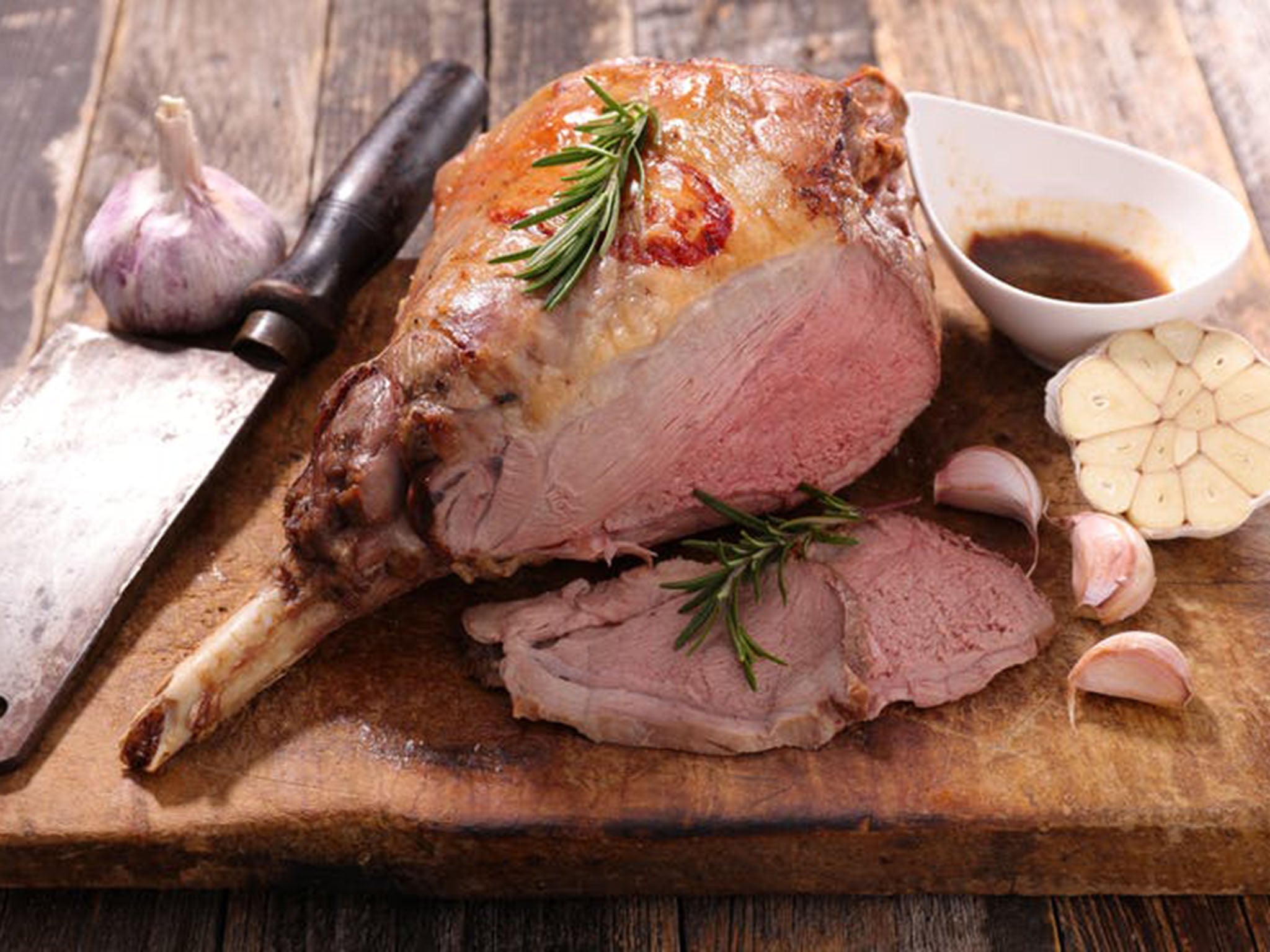How to cook a more sustainable Sunday roast
Huge hunks of meat and energy-inefficient cooking methods make the Sunday roast a particularly unsustainable meal

The Sunday roast is an institution for many families across the globe. From Australia to the UK, families come together on a Sunday to share a meal. More often than not, this meal is centred around a joint of roasted meat – traditionally lamb or beef.
The health implications and environmental impacts of our diets have now become a regular discussion topic, with sustainable dietary advice recommending that we reduce meat consumption and increase our consumption of plant-based proteins, fruits and vegetables. But what does this practically mean? How can we eat for health and sustainability on a day-to-day basis?
Many sources advocate shifting to a fully plant-based diet, however a lot of people are resistant to this level of dietary change. But, as the old saying goes, every little helps. Many are opting for “meat-free Mondays” or even meat-free lunches. Messing with the Sunday roast, however, is a step too far for most. Given its focus on huge hunks of meat and energy-inefficient cooking methods, though, it’s important to consider. So how might we create a more sustainable Sunday roast?
The main event
The Sunday roast – like most meals using animal products – has a high environmental impact. The joint of meat itself can account for up to 60-70 per cent of the environmental impact of the entire meal. This is due to the large amounts of water, land and feed required to produce meat.
Purchasing sustainable and ethically farmed meat with lower environmental impacts can result in small (less than 5 per cent) environmental savings. However, to really reduce the environmental impact of meat, we need to eat less of it. So reducing the amount of meat is therefore the first step towards creating a sustainable Sunday roast.
The portion sizes for roasted meats depend on the recipe used and can vary widely. Many roast beef recipes suggest between 125g-800g per person. In the UK, dietary guidance suggests eating below 70g of red and processed meat per day; these are very large portions indeed.
Such large portions of beef can be partly explained by the need for leftovers in traditional recipes. But in today’s busy world, leftovers can easily become food waste. In 2014, a shocking 8 per cent of beef purchased by UK households became food waste. Over half of this is totally avoidable; caused by the cooking, serving or preparing of too much food, or leftovers not being used in time. With this in mind, our sustainable Sunday roast requires smaller portions – say 125g per person, meaning 50-70g for lunch, and a manageable amount for leftovers the next day.
Turning down the heat
A further benefit of cutting meat portions for a sustainable roast is that there will have be a shorter cooking time, meaning lower energy consumption and reduced associated environmental impacts. The oven is an inefficient way of cooking meat; at hot temperatures and for long periods of time. The environmental impact of roasting a joint of meat for over an hour in an oven contributes 20-30 per cent of the impact of the entire meal.
To make matters worse, overcooking roasts – for an extra 41 minutes, for example – adds further impacts through pointless energy use.
So as well as reducing the amount of meat served, we might also use new methods to cook a sustainable Sunday roast. Reverse searing involves searing the joint of beef in a pan and then transferring it to a low-heat oven or a slow cooker, until the internal temperature of the joint is between 55 and 60C (the temperature that medium-done beef is cooked to). Depending on the energy efficiency of your oven or slow cooker, reverse searing may well have a lower impact than traditional cooking.
Cooking sous vide, meanwhile, involves placing a joint of beef in a vacuumed plastic pouch or bag, and submerging this in a heated water-bath for several hours until the internal temperature of the joint is between 55 and 60C. The joint is then unwrapped and placed in a hot skillet to sear its surface. Although this may sound like a lot of work, the method gives the cook total control of the texture and flavour and can use less than half the energy of a traditional oven-method.
By combining sustainably sourced meat, a reduced portion size, and modern cooking methods, we could reduce the environmental impacts of a Sunday roast by over half.
Unfortunately, reducing the environmental impact of our Sunday roast will not hugely reduce the overall environmental impact of our diets. For this we need to further reduce our meat consumption and increase our consumption of plant-based proteins, fruits and vegetables across all meals. In comparison to other more plant-forward meals that could be eaten, a sustainable Sunday roast still has high impact on the environment. For this reason, even the sustainable Sunday roast should be kept as a special meal, and not eaten every week.
The good news is that, if even an environmentally damaging meal such as the Sunday roast can be made a little more sustainable, it should be possible to create appetising yet sustainable versions of other popular dishes too.
Christian Reynolds is a knowledge exchange research fellow (N8 Agrifood) at the University of Sheffield. This article first appeared on The Conversation (theconversation.com)
Join our commenting forum
Join thought-provoking conversations, follow other Independent readers and see their replies
Comments
Bookmark popover
Removed from bookmarks